Text
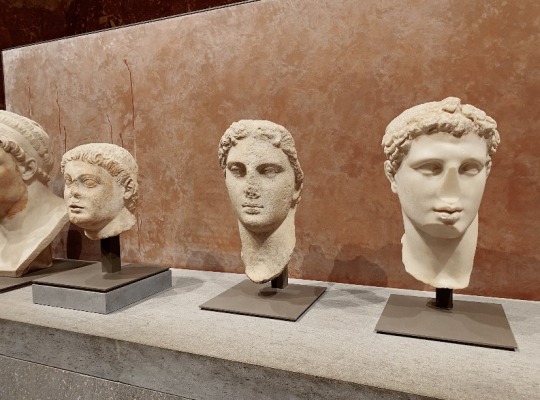


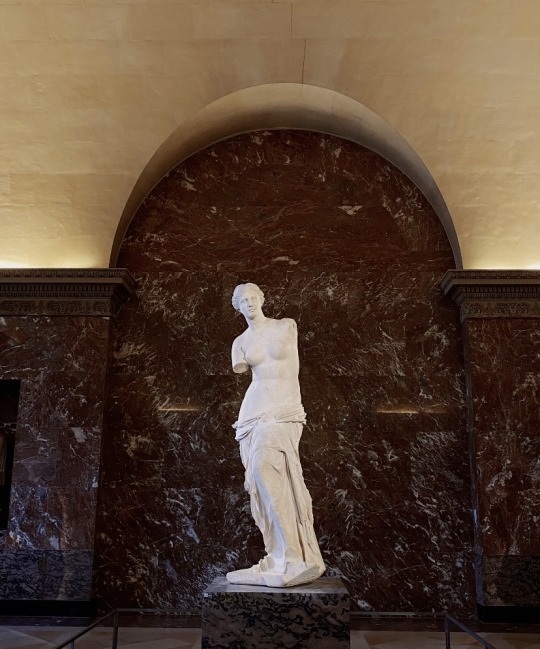

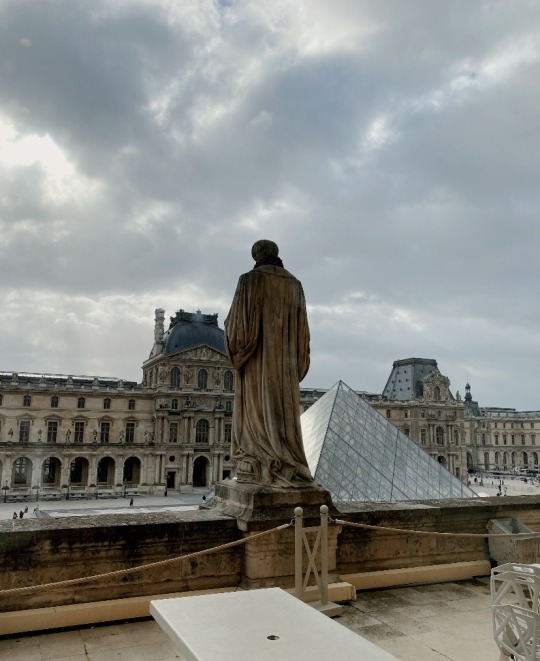
Le Musée du Louvre. Paris, France
A wonderful trip to the Louvré museum in Paris today… a chance to see world famous works such as the Mona Lisa and the Venus de Milo, alongside lesser known artworks and the stunning apartments of Louis XIV
9 notes
·
View notes
Text



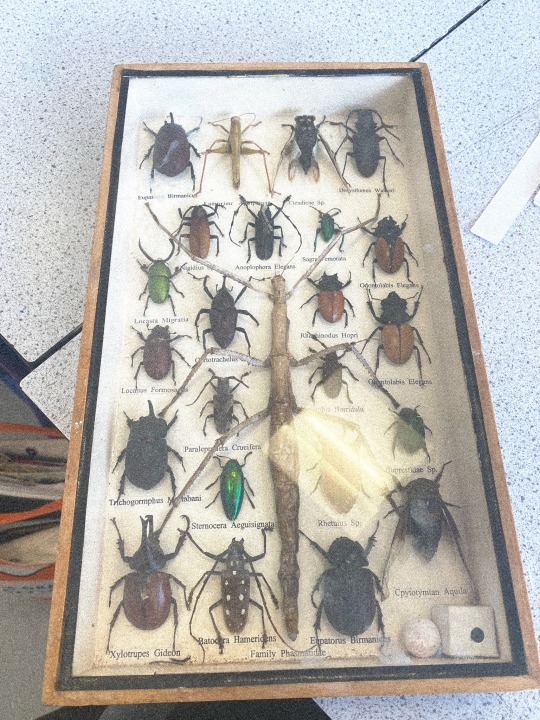
Primary and Secondary Research in relation to Jewellery Design and Insects, ranging all the way from books, to real life bug cases, and artist references taken from internet resources such as gallery websites and Pinterest.
2 notes
·
View notes
Text
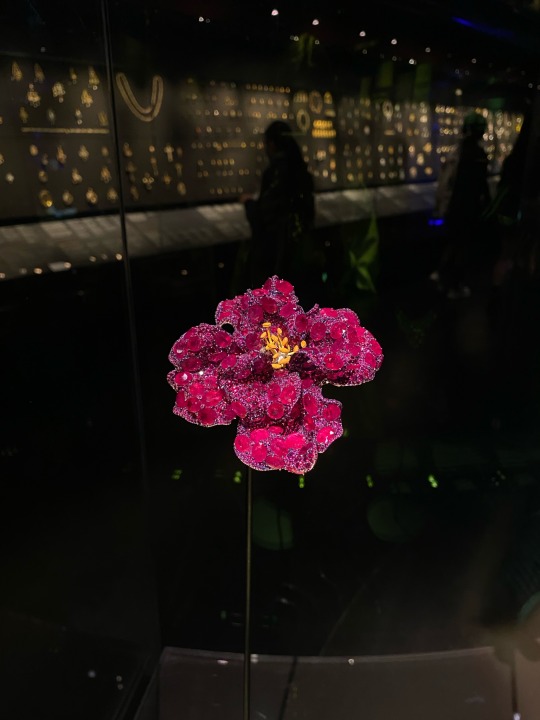

The Victoria & Albert Museum, London
On the 24th March, 2022, I visited the Victoria and Albert Museum in London, the world’s largest museum of decorative arts and design, to view the jewellery and sculpture exhibitions as part of my FMP. Having visited this particular area of the museum many times before, a piece that always stands out the most to me is the Black Label Masterpiece XVIII, ‘Peony Brooch’, by Cindy Chao.
In an interview in 2021, Chao wrote that, “The induction of my Peony Brooch into the Victoria & Albert Museum is indisputably one of my greatest honors. Created as an embodiment of prosperity of life and rich love of family and friends, it gives me tremendous delight to see the Peony Brooch joins some of the most exquisite jewelry collections. It is like bringing Asian contemporary jewelry onto the same stage with these significant pieces in history, and solid evidence that the values of jewelry from the Eastern world have been recognized. The Peony Brooch becomes my legacy and a gift of love that keeps on giving to the worldwide visitors of the museum.”
This idea of taking inspiration from the natural world and turning a form so delicate, such as a peony, into something so durable and ethereal in its complexity, is something that greatly influenced the beginning of my project- especially when creating fragile insects from solid metal for example, creating a contrast between the natural world and the industrial.
#peony#peony brooch#cindy chao#fashion jewellery for women#jewellery design#brooch#victoria and albert museum#Victoria and albert#artfoundation#lcf#fashion jewellery#jewellery
3 notes
·
View notes
Text


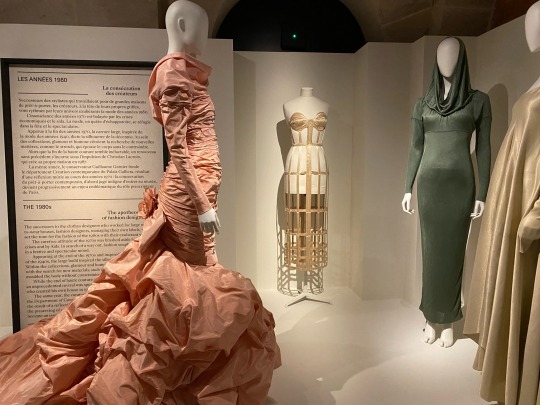

Palais Galliera, Paris, History of Fashion Exhibition 2022
On our last day in the city, I decided to visit the Palais Galliera museum in Paris, home to the ‘Une Histoire De La Mode’ (A History of Fashion) Exhibition, to view over three centuries worth of timeless fashion evolution. Spanning all the way from an undergarment department to the famous Haute Couture Collection, my personal favourite was of course the Accessories and Jewellery Department. Encompassing enamelling techniques in the craftsmanship of buttons and clasps and the intricate metal workings in haute couture, it opened my eyes to the intricacy and detail that can make a piece so different. Having been accepted onto the Fashion Jewellery course at the London College of Fashion to study next year, it was an excellent portrayal of how jewellery designers work so closely with fashion designers in this industry and simply how the smallest of details can mould a piece from fashionable, to spectacular, with the correct use of materials and a concise attention to detail.
#paris#parisfrance#palais galliera#history of fashion#fashion history#dior#artfoundation#fashion jewelry#fashion jewellery#fashion jewellery for women#lcf#london college of fashion#ual
0 notes
Text





Louis Bourgeois Exhibition at the Hayward Gallery, London📍
0 notes
Text
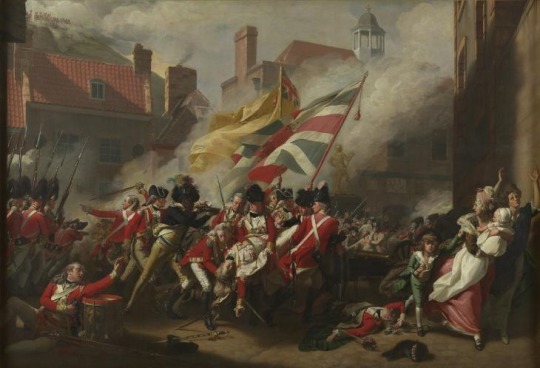



How have contemporary values and media impacted upon the 17th Century definition of History painting?
The term History painting was introduced in the seventeenth century to describe paintings with subject matter drawn from classical history, mythology and the Bible and in the eighteenth century it was later used to refer to more recent historical subjects. The most profound difference between modern History painting and old is most obviously the subject matter itself- painting from the present and painting from the past are two entirely different sub-genres, similar to how drawing from a physical still life is different to drawing from a photograph taken a hundred years ago. Perhaps this is why we as artists choose to paint the History that we are part of in the present, as opposed to a history that is too far back for us to relate to.
One of the most evident examples of this is war painting. Over the centuries, war of some kind has always been prevalent in modern society, from the French invasion in 1781 (shown in the first image), to the Afghanistan war in the early 2000’s (shown as a poignant time in modern history in the second image). While the first (John Singleton Copley, The Death of Major Peirson, 1783) focuses primarily on the recognition of the British flag and the bravery of war itself, the second (Stuart Brown, The First Sting, 1991) focuses on the progression of modern technological advancement and the practicality of a modern war zone. Nonetheless, both depict signature moments in history in a way that is seemingly accurate, although I do feel as if the former is more staged than the latter, showing how the glorification of war has somewhat diminished over time- becoming less a sign of splendour and bravery and more a symbol of political atrocity and tragedy.
However, in the following two images, (the first depicting ‘Tournai Citizens Burying the Dead During the Black Death’ in the 14th century and the second depicting ‘scenes of Army Medical Soldiers responding to the COVID-19 crisis’ in 2020), one is focused on the death and burial elements associated with a disease, while the second is focused on the individuals involved in saving people from such a disease- perhaps showing how our focus has shifted over the years. A life held less value at a time when death was so frequent, yet now we have a newfound respect for life and the value each individual possesses. The focus has shifted from the bible and the obsession with what happens after death so that now modern history paintings look at people and feelings and capturing the present moment.
10 notes
·
View notes
Text
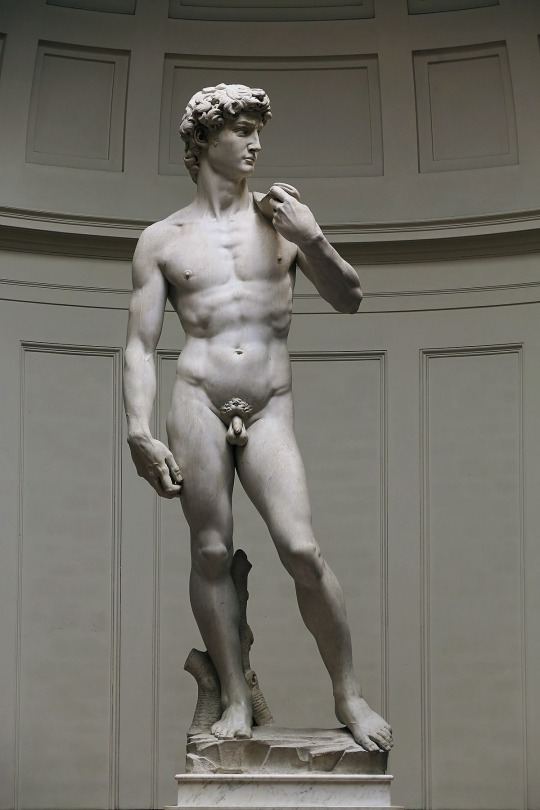
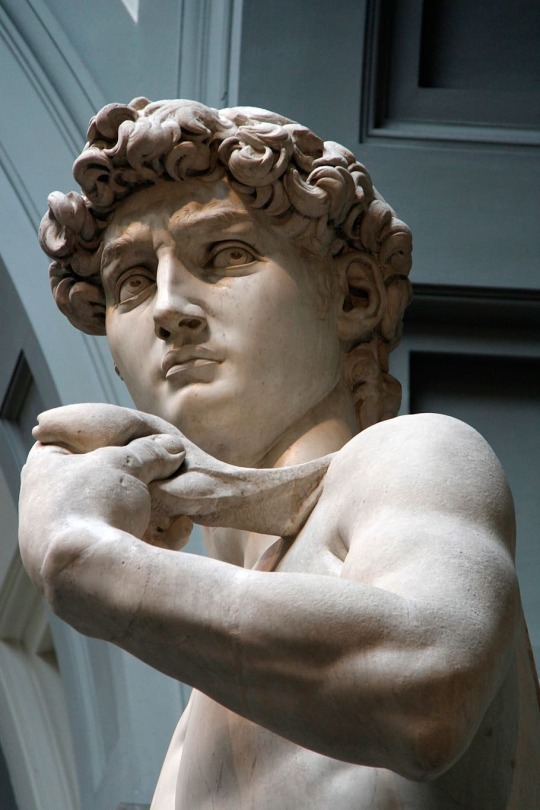

David of Michelangelo - Art History, Week 4
Crafted between 1501 and 1504 by Italian Renaissance sculptor, Michelangelo, the statue of David is often referred to as perhaps his most iconic masterpiece. Such biblical figures were often a preferred subject in the art of Florence, due to the dominance of the Roman Catholic Church at the time, hence the size and grandeur of the central subject. This tremendous sculpture stands at just over five metres in height and is made out of a singular block of Carrara marble, hence the reference to ‘a one-piece marble wonder.’ Many argue that a vast majority of Italian art history, including historical figures such as Michelangelo, owe their centuries-old fame to the marble quarried in the Apuan Alps, located in Northern Tuscany, Italy.
Nonetheless, this particular piece was salvaged from the Fantiscritti quarry in Carrara and shipped across the Mediterranean where it was stored in a warehouse for quite some time. The stone has since been continually used to this day for its versatility and strong durability although it was never viewed as easy to work with. The single block of stone used by Michelangelo for this piece was originally worked into by three different artists, all of whom capitulated their efforts and abandoned the stone until Michelangelo saw the potential for David and conquered what was often labelled ‘the Giant’.
There are currently three copies of Michelangelo’s David in Florence alone. The original is located in the Academia Gallery of Florence, the second in Piazza della Signoria and the third in the middle of Piazzale Michelangelo. He intended his sculpture to show David before battle against Goliath, strong and overbearing, yet refined in such a way that only a biblical figure could have been at the time. He has an intense look in his eyes, perfectly captured in his creased temple and expressive features- a masterpiece in itself considering the complexity of the material used. David still remains one of the most iconic representations of Renaissance sculpture and continues to be the most famous sculpture of its time.
#strodecollege#art#artfoundation#sculpture#concrete sculpture#body sculpture#michelangelo#david michelangelo#art history#renaissance art#renaissance sculpture#italian renaissance#stone sculpture
34 notes
·
View notes
Text
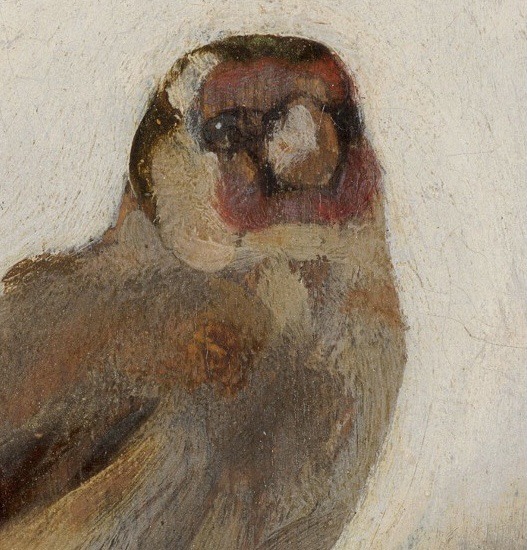
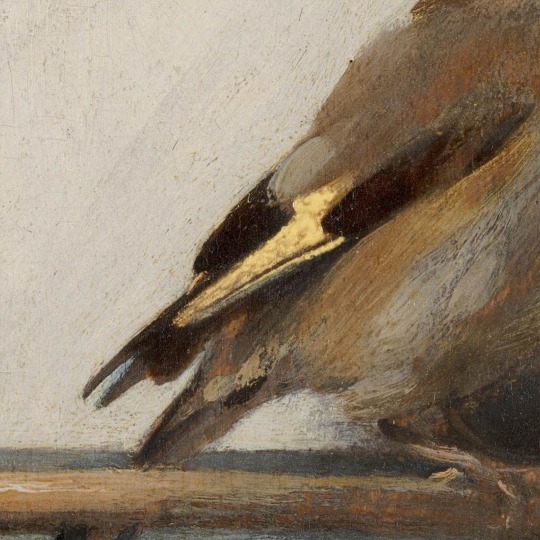

The Goldfinch, 1654 - Carel Fabritius - (Art History, lesson 3)
My fascination with the Goldfinch began after reading Donna Tartt’s captivating novel, ‘The Golfinch’, based on the history of one of Fabritius’ only surviving artworks. It is believed by a number of art historians that the original 1654 painting was involved in an explosion the same year it was signed, tragically killing Carel Fabritius and destroying many of his accompanying pieces, (hence the reference to a terrorist attack in the novel, alluding to the original explosion in which the painting was retrieved).
Fabritius worked temporarily as a student for Rembrandt Van Rijn in 1641 and thus, many elements of his early work reflect Rembrandt’s signature style of striking tonal highlights in amongst inexplicably dark shadows. Likewise, this influence is portrayed in the glowing golden tail feather of the goldfinch (as shown above), set apart from the dark shadows of the chained bird in the background. Furthermore, the use of trompe-l’œl oil paint allows for the definitive contrast between defined brush strokes and soft details, as seen in the delicate mark making of the chain against the harsh brushstrokes of the overbearing shadows.
Nonetheless, The Goldfinch was seen as rather an unusual subject for the Dutch Golden Age, due to the simplicity of its composition and lack of focus on neither portraiture nor still life- both common subjects of the time. However, the warm tones and dulled saturation created over time by the oil paints convey the sense that this piece was of its time, due to the fact that cooler tones were very rarely used. This, combined with the artists ability to layer textured brush strokes, gives the piece an almost three-dimensional effect, bringing this common pet to life in a rather charming way.
As a Dutch Baroque painter in the mid sixteen hundreds, Fabritius was inclined to only use paints available to him. In the 15th century, linseed oil began to replace egg tempura as a medium as it dried more slowly and was consequently easier to manipulate and work into. Oil colours allowed renaissance artists and later, baroque painters, to expand the effects of colour and explore realism in a new light. As shown in the images above, Fabritius payed close attention to the correct placement of shadows and highlights and made a conscious effort to capture the character and expression of the subject to create a sense of realism- while simultaneously stepping away from the minute brush strokes and extensive detail often used by renaissance and pre-raphelite painters.
#art#strodecollege#artfoundation#art history#the goldfinch#carel fabritius#rembrandt#rembrant van rijn#donna tartt#oil painting#oil colors#painting#painting analysis#baroque#dutch art#renaissance art
176 notes
·
View notes
Text




Art History - Week 2 - Concrete: Christ the Redeemer (Cristo Redentor)
The Cristo Redentor statue was constructed in Rio de Janeiro in 1931, designed by sculptor Paul Landowski and built by engineer Heitor da Silva Costa in collaboration with Albert Caquot and Gheorghe Leonida. In the mid 1850’s, the Vincentian priest, Pedro Maria Boss, originally proposed that a statue of Jesus Christ be constructed on Mount Corcovado in honour of the Princess regent of Brazil, Isabel. However, permission for the project to ensue was not granted until 1921, when the same idea was proposed by the Roman Catholic district of Rio de Janeiro as an emblem of Brazilian Christianity but also to celebrate Brazilian Independence.
The statue is made from reinforced concrete (around 635 tonnes) covered in a mosaic of approximately six million triangular soapstone tiles and is said to be the largest Art Deco Style sculpture in the world. As the sculpture required such versatility and ingenuity, traditional materials such as iron or copper would not have been entirely viable options. Thus, French engineer, Albert Caquot was called in to manage the internal architecture as he appeared to be one of the only experts in concrete construction at the time.
The statue itself was not built in it’s entirety in Brazil but constructed in individual pieces all over the world, for instance, the head and the hands were built in Paris and sent by boat to Rio. This way, architects from all over the world could work on the sculpture and then bring the pieces together at the site of construction. Although concrete is long lasting and durable, due to its lack of aesthetic qualities Silva Costa decided he would have to cover his statue with another material and the idea of a soapstone mosaic came to him after seeing the Champs-Elysees. The first stone was placed in 1922 but the statue was not completed until 12th October 1931 and is now labelled one of the seven wonders of the world.
#christ the redeemer#Rio#rio de janeiro#brazil#concrete#architecture#sculpture#concrete sculpture#art history#strodecollege#artfoundation#soapstone#wonders of the world
51 notes
·
View notes
Text



Oxford Museum of Natural History - Art History
Established in 1850 and opened in 1860, the Oxford Museum of Natural History combines Victorian Neo-Gothic architecture, (a result of the Gothic Revival Movement in England in the mid 1700’s) with interior remnants of the industrial revolution to show a distortion between decorative and innovative architecture. Architects, Thomas Newenham Deane and Benjamin Woodward took inspiration from the Pre-raphaelite vision of science and art, with a keen interest in portraying the wonders of natural history through stone vines and flowers embedded in the iron structures and exterior windows.
In particular, art critic, John Ruskin, played a major role in encouraging the inclusion of natural forms and helped with the initial planning of the museum. Subsequently, patronage played an important part in the construction of this building, with elements such as classic gothic pointed arch windows and decorative exterior components conveying a sense of grandeur and architectural history. Funded by the government and Intended for the purpose of education and research, 19 statues of prominent scientific figures surround the pillars around the main court, showing a new revival of ‘knowledge over power’ and financial status in the new world.
#art#strodecollege#artfoundation#dark academia#dark academia art#natural history#natural history museum#oxford university#oxford#natural forms#art history#architecture#gothic revival#gothic architecture#neo gothic
4 notes
·
View notes
Text

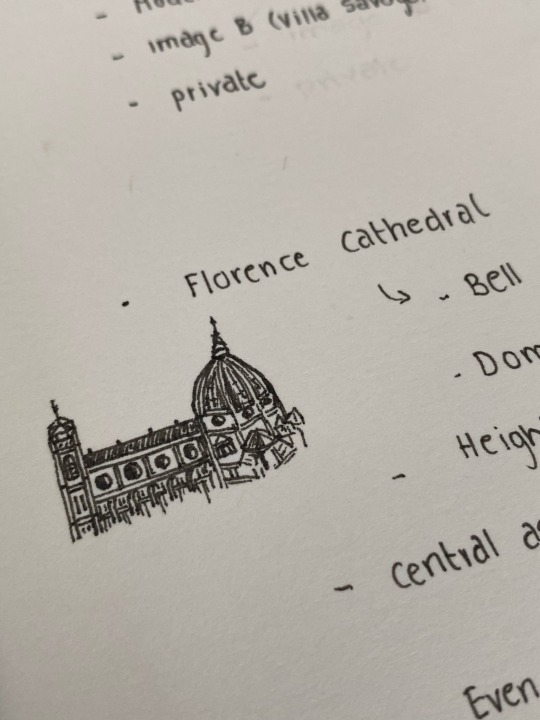

Art history notes from the first class this term, focusing on patronage within architecture✒️
#art history#le corbusier#architecture#art#sketchbook#study notes#strodecollege#calligraphy#patronage
17 notes
·
View notes
Text

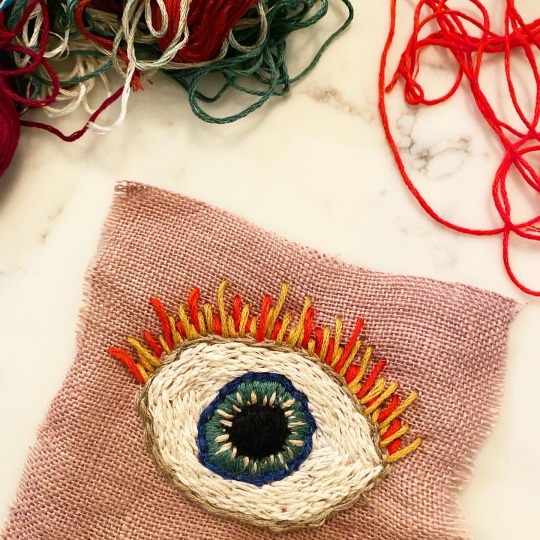

More embroidery from the Alice Kettle Workshop of an evil eye symbol 🧿
#evileye#embroidelicious#embroidery#spiritualart#embroideryart#stitchmarkers#stitchart#strodecollege#art#signs and symbols#illustration#artfoundation
31 notes
·
View notes
Text

Pepper illustration in watercolour pencil and gel pen🫑
5 notes
·
View notes
Text


Finally finished our cardboard catwalk project for college. A peacock headpiece made out of 100% recycled cardboard and paper tape to promote sustainability and the reuse of materials 📦
#art#strodecollege#sustainability#sustainable#cardboard#headpiece#3d product modeling#peacock#peacockart#sustainableart
6 notes
·
View notes
Text

Jazz Study: Symbols in Music🎵
#signs and symbols#art#illustration#sketchbook#strodecollege#artfoundation#sketchblr#student#music#music artwork#jazzmusic#jazz art#jazz era#dark academia#dark academia art#music aesthetic#modern art#art moderne
8 notes
·
View notes
Text

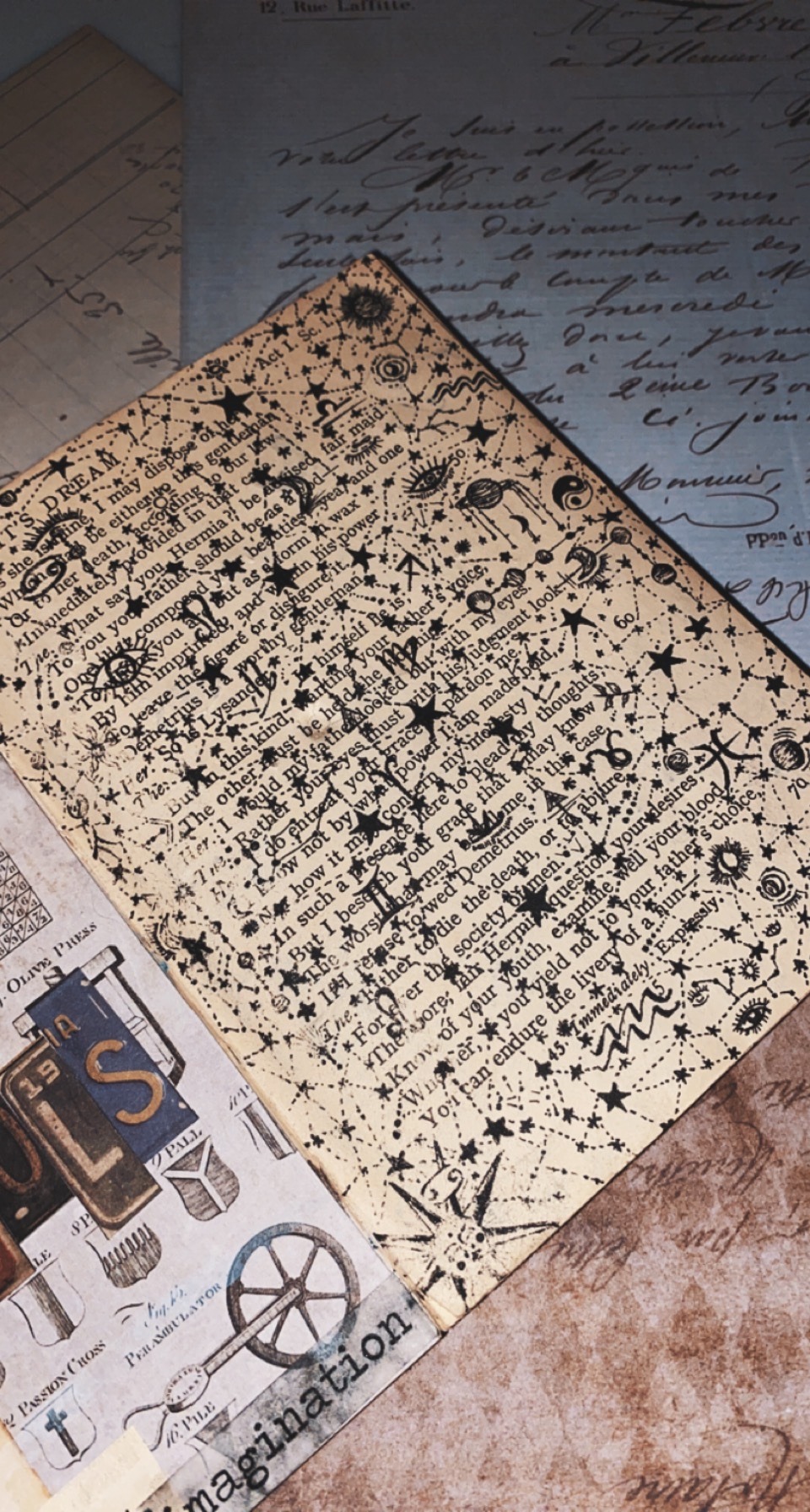
Signs & Symbols Doodle Pages 💡
#signs and symbols#art#artfoundation#illustration#sketchbook#typography#witchcore#dark academia art#dark academia#doodlings#doodle ideas#doodle page#doodle post#evil eye#astronomy#star signs
76 notes
·
View notes
Text

Cowards die many times before their death; the valiant never taste of death but once - Julius Caesar
Sketchbook progression : symbols of death & mortality (biro skull sketch and collage)
#art#typography#illustration#student#julius caesar#shakespeare#shakespeare quotes#skulldrawing#dark academia#dark academia art#if we were villains#sketchbook#sketchblr#signs and symbols#sketchbook art#literary art#shakespeare art#strodecollege
75 notes
·
View notes